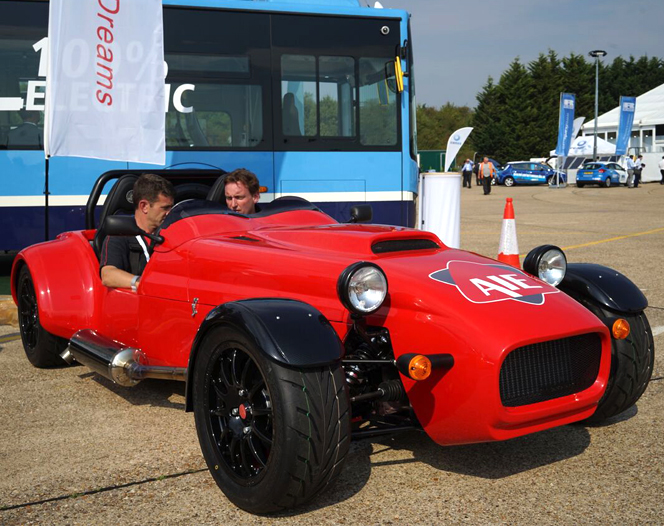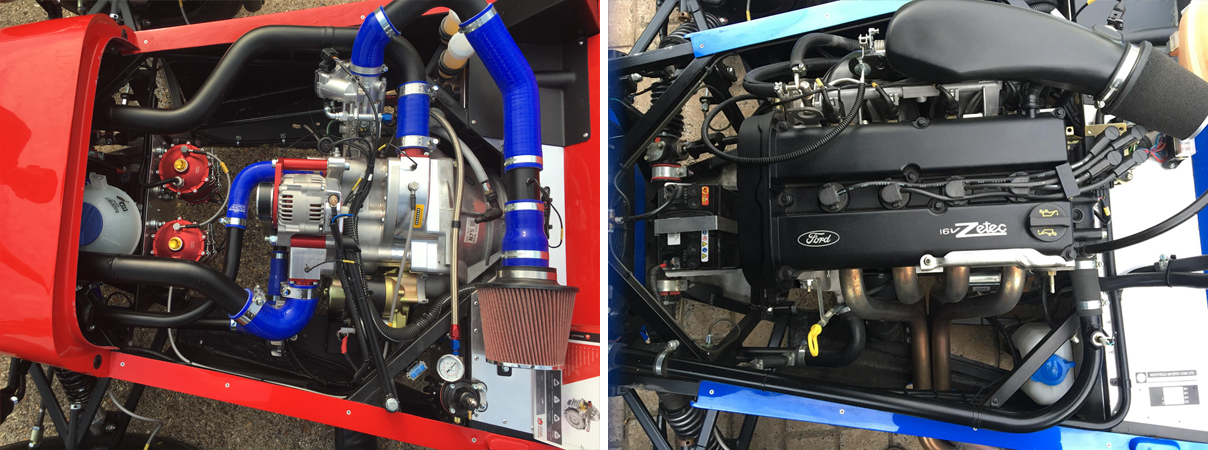Wankel Rotary Engines – So aren’t Piston engines better than rotary engines anyway?

There is no denying that piston engines are truly incredible. They have dominated the automotive and marine sectors for decades and have only really been displaced by turbines in aerospace due to the unique demands that aviation places on engines. So by this measure alone, you cannot argue that piston engines have been vastly more successful than rotary engines, but as with everything, the devil is in the detail.
Piston engines as a group exhibit a vast variety of different core technologies, ranging from different cycle types, with four-stroke and two-strokes, through to fuel and ignition adaptations, such as spark ignition and compression ignition. You will find that some of these technologies are more suited to specific applications than others; compression ignition diesel engines are great for applications requiring fuel efficiency and copious amounts of torque (HGV’s) but are not weight sensitive, two-stroke gasoline engines are fantastic for applications that require high power density from small displacements such as motorcycles, go-karts, and portable power tools, spark ignition four stroke petrol engines are very flexible and strike an excellent balance between diesel engines and gasoline two-stroke engines, being not too big and bulky and providing reasonable power density. All have their strengths and weaknesses, and all have found “niches” in different applications.

Let’s loop back to the question, aren’t piston engines better than rotaries? My answer is no (but then you probably guessed that!). As I have said already, piston engines are amazing, but rotaries can still go “toe to toe” with piston engines in specific applications and come out on top. As I have mentioned in my answers to previous questions, unmanned aviation is undoubtedly one of these areas. The superior power density, small form factor and low levels of vibration that the rotary provides over piston engines make it the absolute perfect fit for this application. I would also argue that rotaries are an excellent solution for motorcycles, as demonstrated by Norton in the early 80s; if they had been given a little more time and money (and maybe a better management team), I think we would have seen a lot more rotary engines in motorcycles on our roads today.
I also believe that we see the emergence of a new fantastic application for rotary engines in the move towards electric vehicles and the need to install “range extenders” in them. That may sound a little strange but think about it; this shift to electric vehicles requires an interim technology to enable broader adoption by reducing perceived range anxiety due to the restricted capacity of existing battery technology. Lightweight, small, high power rotary engines are a fantastic proposition for installation into already heavy, and space-constrained electric vehicles.
AIE is focusing considerable effort on developing its Wankel engine technology specifically for range extenders and hybrid power applications through an Advanced Propulsion Centre grant project.
Read more about AIE’s work in this area on our website https://www.aieuk.com/automotive-hybrid/
This article is part of a question and answer series which can be found at: Ten inaccurate preconceptions about Wankel rotary engines discussed



